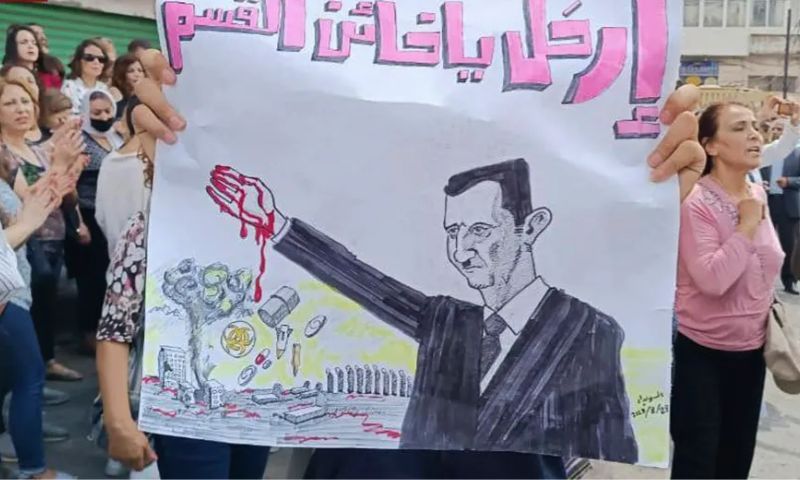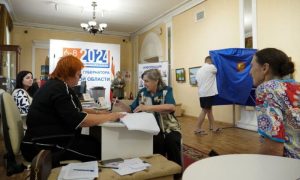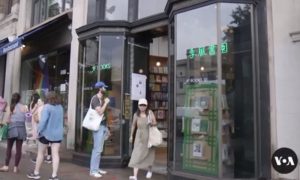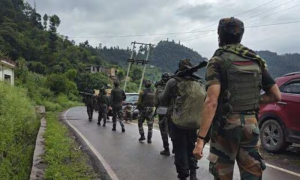BEIRUT: In southern Syria, a wave of anti-government demonstrations has surged into its second week, presenting a potent challenge to President Bashar Assad’s regime.
The protesters, predominantly from the minority Druze community, have transformed their grievances over inflation and economic turmoil into a resounding call for the downfall of the Assad government.
Originating in the government-controlled province of Sweida, a region that was previously less engaged in the Assad-opposition conflict, these protests have struck a chord by echoing the economic and political frustrations that have long plagued the nation. Initially rooted in dissatisfaction with skyrocketing inflation and a faltering economy, the movement swiftly evolved to target the Assad administration’s grip on power.
The protesters’ determination has been underscored by their audacious actions, including the symbolic act of ousting members of the ruling Baath party from their offices, securing the doors with welding, and emblazoning walls with anti-government slogans. These bold actions have rattled the Assad government, indicating a rising tide of discontent that threatens to breach the regime’s stability.
Despite this upheaval, the Assad government’s hold on power remains, primarily due to its recent consolidation of control over large swathes of the country. Additionally, improved diplomatic relations with Arab nations have bolstered the government’s international standing. Nevertheless, the current unrest reveals that even long-suffering Syrians, who abstained from the initial 2011 anti-Assad protests, have reached a breaking point.
The catalyst for these protests stemmed from the Syrian president‘s decision to drastically curtail the country’s costly fuel and gasoline subsidies, which disproportionately affected the already struggling population. Though an attempt was made to alleviate the impact through increased wages and pensions for the public sector, these measures inadvertently accelerated inflation and weakened the Syrian pound, deepening the economic woes of millions.
Sweida, historically less involved in the broader conflict, has emerged as a significant epicentre of resistance. The region’s Druze population, which had once remained relatively neutral, has now taken a bold stand against Assad’s government. This shift can be attributed to mounting resentment, fed by years of corruption, economic decline, and the erosion of livelihoods. While the protests have gained momentum, experts emphasize that for a substantial impact, protesters from various cities would need to unite and collaborate.
As the protesters demand political reform and economic relief, Assad’s regime faces a crucial test of resilience. The president’s recent political victories are contrasted by the worsening plight of the country’s populace, where a staggering 300,000 civilians have perished, half the pre-war population has been displaced, and corruption and sanctions have driven 90% of Syrians into poverty.

























